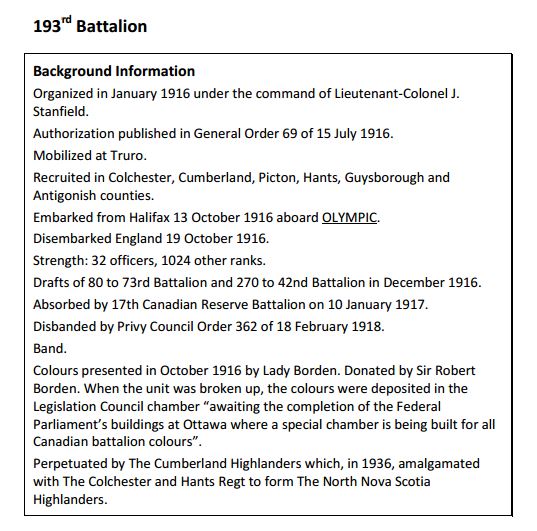Remembrance Day always triggers my desire to find out more about the soldiers in my family. Many of them enlisted or volunteered in the CEF or the Canadian Expeditionary Force. Most of them, thankfuly, made it home relatively unscathed. But some of them were lost to the battle fields somewhere in France or Italy. Often the only readily available information about how they died is where they are buried. That doesn't tell us very much. It doesn't give us a picture of what their lives were like, who their commrades were, what struggles they endured, or what victories they celebrated. Each life deserves to be honoured, and these soldiers deserve to have their stories told and passed down to future generations.
To start to flesh out their story, the first thing we need to narrow down is
where were they when they died ?
To begin with, we look at their attestation paper, located on
this page at the Library & Archives Canada,. As I noted in my
January, 2014 post about my uncle, Hasting Martin, most Attestation papers will have a stamp or hand written note at the top of the front page which indicates the Battalion to which they were initially assigned. In my uncle's case, he was assigned to the "1st C.O.R.", or the 1st Central Ontario Regiment. But, as with most of the soldiers in WW1, he was fairly quickly re-assigned to another troop or battalion once he was over seas. What often takes the most time when researching my soldiers is trying to find out where they were assigned next.
For example, last week I was researching a soldier in my cousin's family. He was killed in early 1917 - but there is a discrepancy as to exactly when. Some references say March, others June. This is actually unusual, as the Canadian military is typically clear about assigning a date even if the soldier was missing in action and presumed dead. What I do know is that he is currently buried at the Cabaret-Rouge British War Cemetery in Souchez, France. But that he was originally buried at the smaller North Angres British Cemetery, which is located about 10 minutes north east of Souchez.
This tells me that he died in France, in a battle sometime between March and June, 1917.
His Attestation paper indicates that he was initially assigned to the 193rd Battalion. But a glance at military movements doesn't show any battles involving the 193rd Battalion in France that year. So how did he die ?
First step is to find out what Battalion he was with at the time of his death.
Last week I ran across a great resource that quickly addresses this:
Guide to Sources Relating to Units of the Canadian Expeditionary Forces. Infantry Battalions. (.pdf document)
This document has a page of resources for every Battalion in the CEF from the
1st Battalion to the
260th Battalion. First it provides a summary of the battalion, and then it goes on to list reference numbers for things like War Diaries, Appointment of Officers, Promotions, Demobilization, Narratives, Operations, etc. that you can order from the Library and Archives.
For me, the most valuable item is that initial summary. For example:
 |
| Source: Library & Archives Canada, 2015-11-20 |
This is the "summary" portion from that document for the 193rd Battalion. This indicates that my soldier was likely recruited in Nova Scotia (which he was), likely in early 1916. His Attestation Paper confirms this - he signed it on March 16, 1916, in Cumberland, Nova Scotia.
According to this, the Battalion left Nova Scotia on board the HMS Olympic (i.e. a ship), and reached England just a few days later in October. Then it notes that some of them went into the 73rd Battalion, and most went into the 42nd Battalion in December. The remaining members were absorbed in their entirety into the 17th Canadian Reserve Battalion.
Now, to find out what happened to him, I can take a look at the movements of those Battalions, and find out which of them was in the area at the time, and narrow down my soldiers movements.
